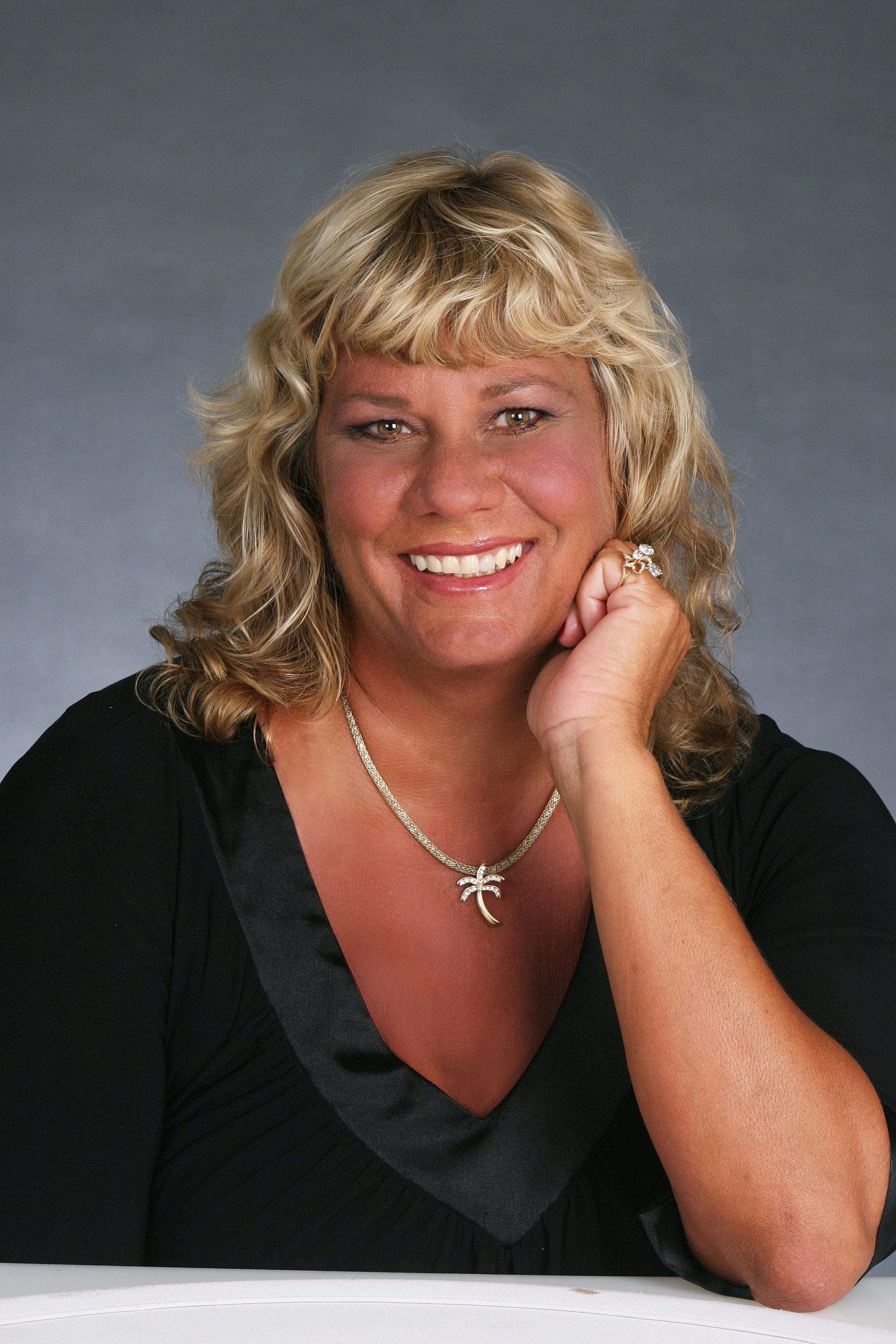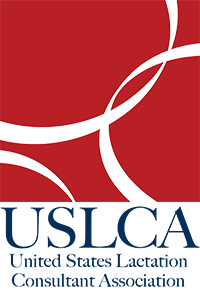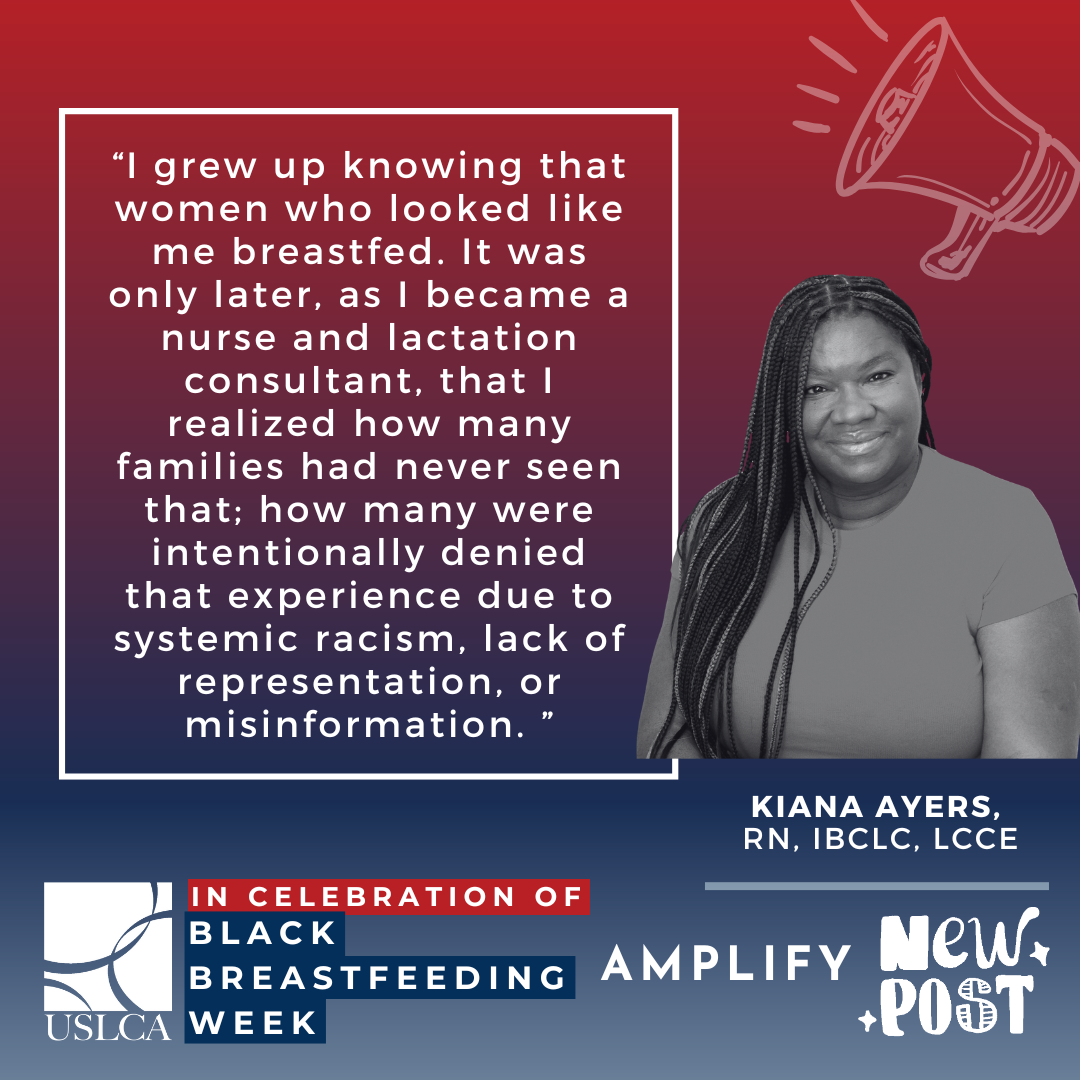By Diane L. Spatz, PhD, RN-BC, FAAN
 The March of Dimes celebrates November as Prematurity Awareness Month and November 17th is World Prematurity Day.1 When celebrating this day and month, attention needs to be focused on human milk as a lifesaving medical intervention.2 The March of Dimes goes on to underscore that even before the COVID-19 pandemic, the United States is one of the most dangerous developed nations for childbirth with a crisis fueled by the health equity gap in our heath system, which put families of color at risk for the poorest outcomes.1 The COVID-19 pandemic has also negatively impacted birth and breastfeeding/chestfeeding and there has been decrease in lactation services and care both in the United States and globally.3 Furthermore, there continues to be persistent disparities in the use of human milk and access to Pasteurized Donor Human Milk (PDHM).4 This means that Black babies are at risk for increased rates of morbidity and mortality.
The March of Dimes celebrates November as Prematurity Awareness Month and November 17th is World Prematurity Day.1 When celebrating this day and month, attention needs to be focused on human milk as a lifesaving medical intervention.2 The March of Dimes goes on to underscore that even before the COVID-19 pandemic, the United States is one of the most dangerous developed nations for childbirth with a crisis fueled by the health equity gap in our heath system, which put families of color at risk for the poorest outcomes.1 The COVID-19 pandemic has also negatively impacted birth and breastfeeding/chestfeeding and there has been decrease in lactation services and care both in the United States and globally.3 Furthermore, there continues to be persistent disparities in the use of human milk and access to Pasteurized Donor Human Milk (PDHM).4 This means that Black babies are at risk for increased rates of morbidity and mortality.
Now is the time for health care providers to do more to protect human milk and breastfeeding/chestfeeding. We must not accept the current status quo and we must change the prenatal care paradigm to ensure that all families are receiving the education and information required to make an informed feeding choice. I have developed a 10-step model that has been implemented in the United States and globally and improves not only initiation rates but also continuation rates of human milk feeding at discharge and beyond. 5, 6, 7, 8, 9,10
The first step of this model is “informed decision making”. 5,6,10 Currently not all families have equal access to care or information that is steeped in the science of human milk. It is not enough to tell families that breastfeeding/chestfeeding is good. Families need to learn how human milk impacts every single organ in their child’s body and improves health and developmental outcomes, both short and long-term. We need to help families understand that for a sick infant requiring intensive care at birth that human milk is an essential medical intervention. We should be teaching families about how human milk is different than infant formula and that whereas PDHM may be better than infant formula for the preterm infant it is not a replacement to parents own human milk. As a nurse scientist, educator, and clinician for over 25 years, I have firsthand experience of how the approach to the discussion about human milk and breastfeeding makes a difference.
At Children’s Hospital of Philadelphia in our Center for Fetal Diagnosis and Treatment, we care for families who have infants with complex surgical anomalies. These families know before their child is even born that they will require intensive care and perhaps multiple surgeries. Two of our lactation related interventions are the Power of Pumping DVD (available to any institution) and our tailored prenatal lactation intervention. In addition, we also provide group prenatal care (centering model ™) which has been proven to improve birth outcomes11. A family I met through our group prenatal care right before the pandemic hit said to me “there is nothing you can tell us that will change our minds”. These parents had children from prior relationships, all of which were formula fed. I said I understood, but hoped they would stay for our group session. We began to discuss how powerful human milk is by discussing human milk oligosaccharides, white blood cells, osteopontin, lactoferrin, and antioxidants, and their impact on the child’s health. We also had a lengthy discussion about stem cells in human milk and how these cells have been demonstrated to cross into the infant’s brain and that infants who are human milk fed have more white matter in their brains, more grey matter, bigger brains overall and improved developmental outcomes and scores on test of intelligence. It was evident during our session that the couple I mentioned made a complete change in their infant feeding decision.
After group prenatal care the couple came up to me and asked why after 4 children they had never heard any of this information, and verbalized anger and concern that they did not receive all the information they needed in the past. They voiced that if they had known what they learned in a one-hour session that day, they would have made different decisions. Data from our institution demonstrates that when people learn the science, they want to do what is best for their child. Our publication on the lactation outcomes of participants in group prenatal care demonstrated a 100% pumping initiation rate with 87% of participants providing milk to their child through discharge. These rates are significantly higher than breastfeeding rates for healthy dyads and are also significantly higher than rates reported by the Vermont Oxford Network for infants under 1500 grams.
I am asking this to be a call to action for how you have conversations with families about human milk as a medical intervention. Teach them the science of the milk and how human milk impact outcomes both short and long-term. At the same time, it is imperative that families learn the physiology of lactation and how to get the best start to be able to provide milk for their child. Parents need to know that it will take time, effort, and commitment, and no lactating person should be expected to do this alone. One effective strategy is to involve the family and provide them with a job list on how to assist with the lactation journey and process of pumping.
The second step of my model is “initiation and maintenance of milk supply.” When there is parent infant separation, it is crucial to acknowledge and understand that there is a critical window to effectively establish milk supply. It matters how quickly pumping is initiated after birth.12 In order to effectively establish supply, parents should pump with a hospital grade pump every 2 to 3 hours for 8 or more pumping sessions in a 24-hour period including overnight. This can sound very overwhelming to a new family with a critically ill infant. However, language is important; we are not asking them to pump 8 times per day for the rest of their life, we are asking them to do so for this very critical window during the first week of their lactation journey. Once parents understand the physiology of lactation, why milk expression is essential early on, and you involve the whole family in the process it becomes a more feasible and tangible goal to achieve. If you can bring someone to full volume (500-1,000 milliliters per day) with an ideal goal being on the higher end of normal, it is much more likely that milk supply will be sustained long term.
I cannot emphasize enough how crucial informed decision making and initiation and maintenance of milk supply are if we truly want to change long-term human milk and breastfeeding/chestfeeding outcomes in terms of exclusivity and duration. The Association of Women’s Health Obstetric and Neonatal Nurses (AWHONN) released their comprehensive evidence-based guideline (EBG) for human milk and breastfeeding during parent infant separation. The EBG provides all the current evidence for each step of my 10step model as well as a ranking of the quality of evidence and user friendly infographics. This is your call to action to improve human milk and breastfeeding outcomes for our most vulnerable children.
References
- March of Dimes retrieved on November 16, 2021 from: Prematurity Awareness Month 2021 (marchofdimes.org)
- Spatz, D. L. (2020). Using the coronavirus pandemic as an opportunity to address the use of human milk and breastfeeding as lifesaving medical interventions. Journal of Obstetric, Gynecologic, & Neonatal Nursing, 49(3), 225-226. https://doi.org/10.1016/j.jogn.2020.03.002
- Spatz, D.L., Davanzo, R., Müller, J.A., Powell, R., Rigourd, V., Yates, A., Geddes, D., van Goudoever, J.B., & Bode, L. (2021). Promoting and Protecting Human Milk & Breastfeeding in a COVID-19 World. Frontiers in Pediatrics, 8, 1000. https://doi.org/10.3389/fped.2020.633700
- Spatz, D. L. (2020). Disparities in breastfeeding and use of pasteurized donor human milk. American Journal of Maternal/Child Nursing, 45(6), 374. https://doi.org/10.1097/NMC.0000000000000668
- Spatz, D. L. (2004). Ten steps for promoting and protecting breastfeeding in vulnerable populations. Journal of Perinatal & Neonatal Nursing, 18(4), 385-396. https://doi.org/10.1097/00005237-200410000-00009
- Spatz, D.L. (2018). Beyond BFHI: The Spatz 10-step and breastfeeding resource nurse models to improve human milk and breastfeeding outcomes. Journal of Perinatal & Neonatal Nursing, 32(2), 164-174. https://doi.org/10.1097/JPN.0000000000000339
- Fugate, K., Hernandez, I., Ashmeade, T., Miladinovic, B., & Spatz, D. L. (2015). Improving human milk and breastfeeding practices in the NICU. Journal of Obstetric, Gynecologic, & Neonatal Nursing, 44(3), 426-438. https://doi.org/10.1111/1552-6909.12563
- Kositamongkol, S., Nanthakomon, T., & Nukaw, S. (2019). A quality improvement project to improve human milk feeding rate in hospitalized neonates. Journal of Pediatric and Neonatal Individualized Medicine, 8(1), e080111. https://doi.org/10.7363/080111
- Takako, H., Mizue, M., Izumi, H., Chie, O., Harue, T., Uchida, M., & Spatz, D. L. (2020). Improving human milk and breastfeeding rates in a perinatal hospital in Japan: A quality improvement project. Breastfeeding Medicine, 15(8), 538-545. https://doi.org/10.1089/bfm.2019.0298
- Association of Women’s Health, Obstetric and Neonatal Nurses. (2021). The Use of Human Milk During Parent-Newborn Separation [Evidence-Based Clinical Practice Guideline]. [Epub ahead of print]. Chair/Lead Author
- Froh, E. B., Schwarz, J., & Spatz, D. L. (2020). Lactation outcomes among dyads following participation in a model of group prenatal care for patients with prenatally diagnosed fetal anomalies. Breastfeeding Medicine, 15(11), 698-702. https://doi.org/10.1089/bfm.2020.0061
- Froh, E. B., Lee, R., & Spatz, D. L. (2021). The critical window of opportunity: Lactation initiation following cesarean birth. Breastfeeding Medicine, 16(3), 258-263. https://doi.org/10.1089/bfm.2020.0155
Diane L. Spatz, PhD, RN-BC, FAAN
Professor of Perinatal Nursing & Helen M. Shearer Professor of Nutrition
University of Pennsylvania School of Nursing
Nurse Scientist-Lactation
The Center for Pediatric Nursing Research and Evidence Based Practice
Children’s Hospital of Philadelphia
Executive Committee-International Society for Research in Human Milk and Lactation



